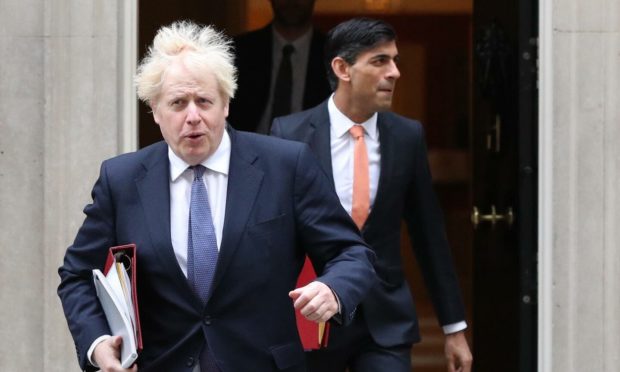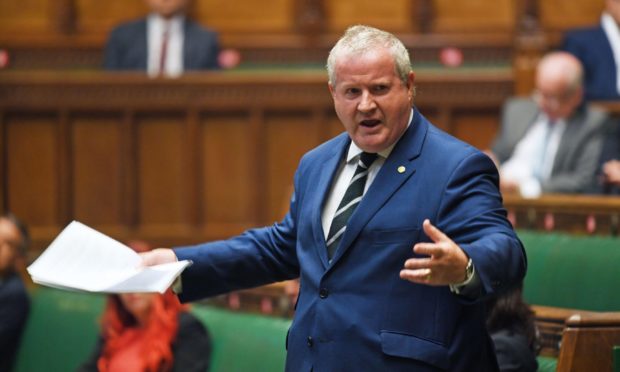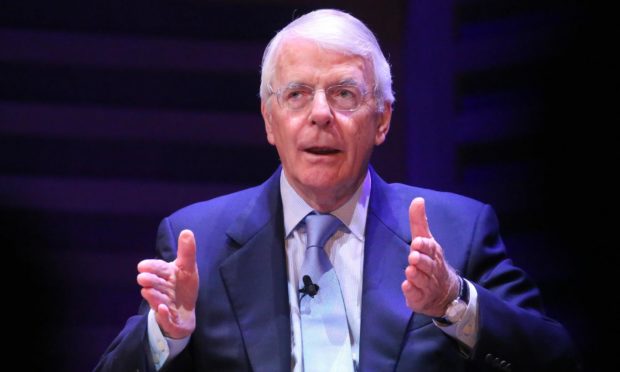Boris Johnson’s proposal to raise national insurance to fund social care in England has been branded a “poll tax” on low-earning families in Scotland – and sparked a backlash among Conservatives.
The SNP’s Westminster leader, Ian Blackford, said the prime minister must go back to the drawing board.
It also caused unrest among Tory backbenchers and party veterans who fear a backlash from voters in former Labour-voting regions.
It’s not acceptable for Westminster to endlessly add to the growing burden that young people face.
MP Ian Blackford
What is Boris Johnson’s plan?
It emerged in recent days the prime minister is lining up an National Insurance increase to fund social care reforms south of the border.
The tax power is held by Westminster, meaning it would apply across the UK.
This triggers extra payments for devolved governments to make up for the additional cost, but it led to claims working families are being burdened while wealthier earners are not.
‘Not acceptable’
Mr Blackford, MP for Ross, Skye and Lochaber, said: “It’s not acceptable for Westminster to endlessly add to the growing burden that young people face, while stripping them of the benefits that previous generations enjoyed.
“Nor is it acceptable to effectively impose a new Tory poll tax on Scottish families – who would be forced to pay for a crisis in England caused by the failure of Westminster governments it didn’t vote for.
“Boris Johnson must go back to the drawing board and think again.”
Conservatives are angry too.
A tax on jobs when you want to promote more and better paid employment is particularly stupid.
Sir John Redwood
Former chancellor Philip Hammond, now a lord, said: “Expanding the state further in order to protect private assets by asking poor people to subsidise rich people has got to be the wrong thing to do.”
Former prime minister Sir John Major said raising the levy would be regressive.
Tory former cabinet minister Sir John Redwood warned against a “stupid” tax rise.
“A tax on jobs when you want to promote more and better paid employment is particularly stupid,” he said.
It also goes against Mr Johnson’s election manifesto not to raise income tax, VAT or National Insurance.
How does National Insurance work?
National Insurance contributions are based on weekly financial thresholds, with 0% due on the first £184 earned, 12% on sums between £184.01 and £967, and 2% on remaining earnings.
According to the Office for National Statistics, the average weekly wage in Great Britain is £576, with a weekly National Insurance contribution amounting to £47.04 (8.16%).
So anyone whose primary earnings are above the £967 2% threshold, or just over £50,000 a year, ultimately pays a proportionately lower rate than those who have the bulk of their earnings in the 12% threshold.
As such, much of the criticism of the plan revolves around the unfair impact a National Insurance hike would have on young and lower income workers.
What does the UK Government say?
Reports suggested that £5.5 billion more funding has been agreed for NHS shortfalls later this year, including to help clear the backlog caused by the coronavirus pandemic.
But Downing Street sources said details of the social care plans were still being worked out and that a day for the announcement was yet to be confirmed.


